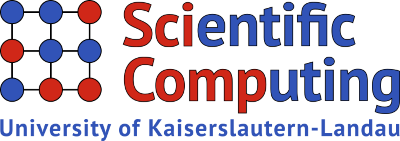Dr. Hua-Dong Yao, Division of Fluid Dynamics, Department of Mechanics and Maritime Sciences, Chalmers University of Technology
Title:
Hybrid CAA Methods for Predicting Flow-Induced Exterior and Interior Noise
Abstract:
As one of the contaminating productions of flows, noise is emphasized to reduce for many civil and military applications. For commercial aircraft and ground vehicles (cars, trucks, high-speed trains, etc.), the noise pollutes urban and cabin environments. The noise signature of submarines is a crucial concern for cloaking them. Prediction of the noise using numerical methods is a challenging task. Since the noise has much lower energy than the noise sources in the flows, an approximation or modeling in the numerical methods developed for flow simulations can introduce significant spurious noise, which could even mask the real noise. Furthermore, mistreatments in the numerical schemes and modeling for acoustics simulations also account for the spurious noise generation. To tackle these numerical challenges, computational aeroacoustics (CAA) has been developed since the breakthrough by Lighthill in 1952. Lighthill proposed the acoustic analogy that isolates the flow and noise simulation based on the different physical characteristics between acoustic waves and hydrodynamic variables. The idea of the isolation is the principle foundation of hybrid CAA methods nowadays, which couple computational fluid dynamics (CFD) methods with linearized equations that describe acoustic wave generation and propagation with/without hydrodynamic convection. We will review the hybrid CAA methods that are commonly used for the noise prediction. The CFD methods include DNS, LES, DES, and RANS coupled with the stochastic modeling of hydrodynamic velocity fluctuations. The acoustic equations are formulated by means of the acoustic analogy methods (the Lighthill formulation and the FW-H formulations, etc.), the boundary element method, the finite element method, and a simplified form of the acoustic perturbation equations. The hybrid methods will be introduced in conjunction with the practices for high-lift facilities, landing gears, flap-side edges, plenum fans, sail masts, vehicle side-view mirrors, and isotropic turbulence.
